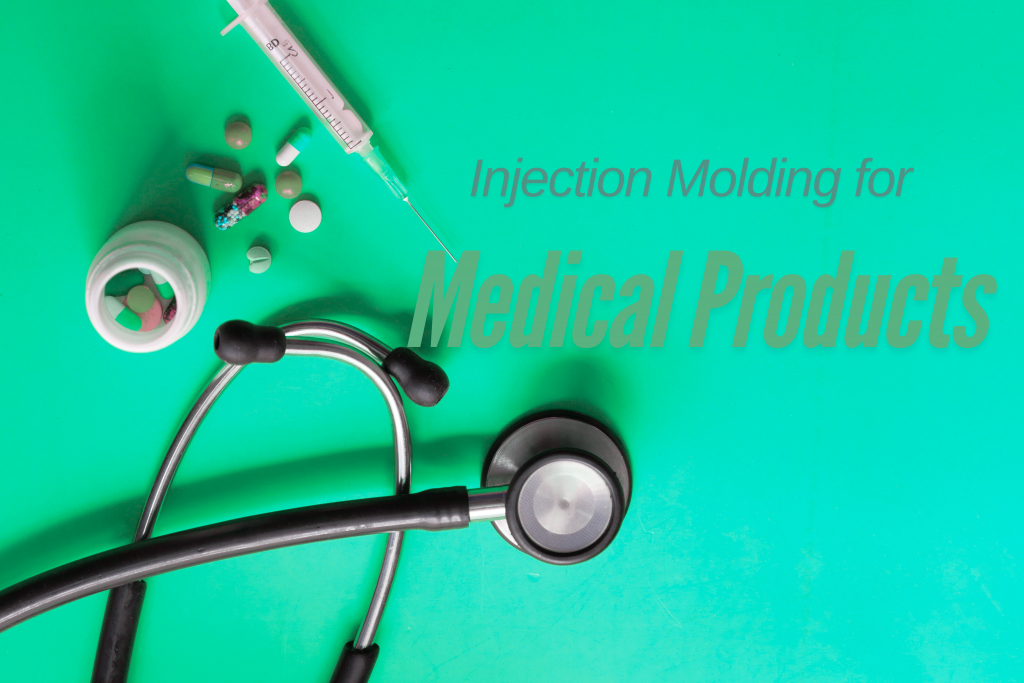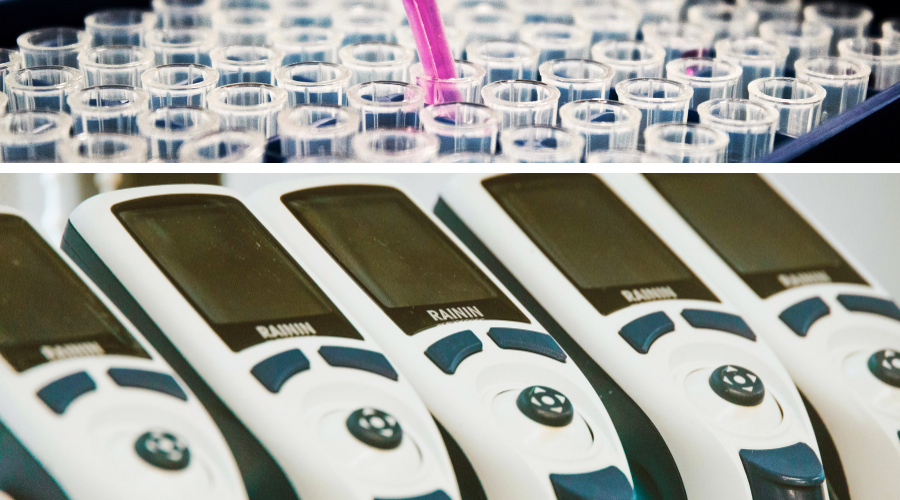Plastic injection molding is a popular manufacturing process in the medical industrial, offering excellent precision, scalability, and versatility. Its ability to produce complex components at high volumes makes it an ideal choice for medical products such as syringes, implants, and diagnostic devices. However, like any process, it has its limitations. This article delves into the pros and cons of using plastic injection molding in the medical field, providing insights to help businesses make informed decisions when chossing manufacturing techniques for their medical products.
The medical industry demands high precision, reliability, and consistency in its products. Whether it’s a simple syringe or a complex surgical tool, quality cannot be compromised. Plastic injection molding has emerged as one of the most reliable methods for producing high-quality medical components. But is it the right choice for all applications? Let’s explore its advantages and disadvantages to provide a comprehensive perspective.
Advantages of Plastic injection molding for Medical Products
1.High Precision and Consistency
Medical products often require tight tolerances to ensure safety and functionality. Injection molding excels in delivering high precision, enabling manufacturers to produce components with intricate details and minimal deviations across large production runs.
- Example: Catheters and surgical guides demand exact measurements, which injection molding can achieve.
- Benefit: This consistency reduces the likelihood of defects, ensuring product reliability and patient safety.
2.Scalability for Mass Production
Injection molding is highly efficient for large-scale production. Once the mold is created, thousand or even millions of identical parts can be produced with minimal variation.
- Example: Disposable medical items like test tubes and syringe barrels.
- Benefit: This scalability helps lower the per-unit cost, making it a cost-effective solution for high-demand medical parts.
3.Compatibility with Sterilizable and Biocompatible Materials
Medical parts require materials that can withstand sterilization processes and are safe for patient use. Plastic injection molding supports a wide range of materials, such as polycarbonate (PC), polyethylene (PE), and polypropylene (PP), which are biocompatible and sterilizable.
- Example: Polycarbonate is commonly used for blood oxygenators and housings for medical devices.
- Benefit: Manufacturers can choose materials suited to specific medical applications.
4.Complex Design Capabilities
The Flexibility of injection molding allows for the creation of intricate shapes and geometries. This is especially advantageous in the medical field, where unique product designs are often required.
- Example: Multi-lumen catheters or implantable devices with precise features.
- Benefit: Enable innovation and enhances product functionality.
5.Efficient Production with Minimal Waste
The process minimizes material waste compared to other manufacturing techniques like machining. Scrap materials can often be recycled, making the process environmentally and economically efficient.
- Example: Excess sprue and runners can be reused.
- Benefit: Cost savings and reduced environmental impact align with sustainability goals.
6.Enhanced Cleanroom Compatibility
Medical products are often produced in controlled environments to ensure sterility. Injection molding machines can be adapted to cleanroom manufacturing standards, maintaining hygiene and reducing contamination risks.
- Example: Cleanroom molding for surgical instruments or diagnostic equipment.
- Benefit: Meets stringent medical industry standards.
Disadvantages of Plastic Injection Molding for Medical Products
1.High Initial Tooling Costs
Creating injection molds requires significant upfront investment. The precision and complexity of medical parts often demand advanced molds, which can increase costs.
- Challenge: Small startup or low-volume projects may find the cost prohibitive.
- Mitigation: Partnering with manufacturers offering rapid tooling can reduce initial expenses.
2.Material Limitations
While injection molding supports a wide range of plastics, it may not accommodate some advanced materials required for specific medical applications.
- Example:Some medical devices require metal or ceramic components, which injection molding cannot produce.
- Challenge: This limitation necessitates hybrid manufacturing approaches.
3.Lengthy Development Time for Molds
The mold design and manufacturing process can be time-consuming, delaying production timelines. For rapidly evolving medical demands, this may pose challenges.
- Example: Emergency situations like pandemics may require faster prototyping methods.
- Mitigation: Rapid prototyping techniques, like 3D printing, can complement injection molding.
4.Restricted Design Modifications Post-Tooling
Once a mold is created, making design changes can be costly and time-intensive. This lack of flexibility can hinder iterations in medical product development.
- Example: Adjusting the size of an inhaler housing after mold production.
- Challenge: Initial designs must be thoroughly validated to minimize post-tooling modifications.
Applications of Plastic Injection Molding in Medical Products
- Diagnostic Tools: Housings for diagnostic devices, test tube racks, and pipette tips.
- Implantable Devices: Pacemaker components, artificial joints, and dental implants.
- Surgical Instruments: Handles, guides, and casings for surgical equipment.
- Disposable Medical Items: Syringes, IV components, and specimen containers.
Conclusion
Plastic injection molding remains a cornerstone of medical product manufacturing, offering unparalleled precision, scalability, and material flexibility. However, it is essential to consider its initial costs, material limitations, and design constraints before committing to the process. For high-volume, precision-driven medical applications, it is often the optimal choice. However, for smaller-scale or rapidly changing projects, alternative or complementary methods like additive manufacturing might be more suitable.
Partnering with an experienced manufacturer who understands the nuances of medical production can help overcome these challenges. By leveraging the strengths of injection molding while addressing its limitations, businesses can achieve innovative, cost-effective solutions that meet the exacting standards of the medical industry.
Why Choose RAPIDMFG for Your Medical Injection Molding Needs?
At RAPIDMFG, we specialize in precision manufacturing solutions, including plastic injection molding for medical products. With a focus on quality, short lead times, and material versatility, we cater to a wide range of medical applications, from disposable items to complex surgical devices. Our team ensures that every project meets the industry standards, providing you with reliable and efficient production.
Whether you need prototypes or large-scale manufacturing, RAPIDMFG is your trusted partner for custom mold manufacturing. Contact us today to discuss your medical manufacturing requirements and discover how we can support your goals with expert solutions.


